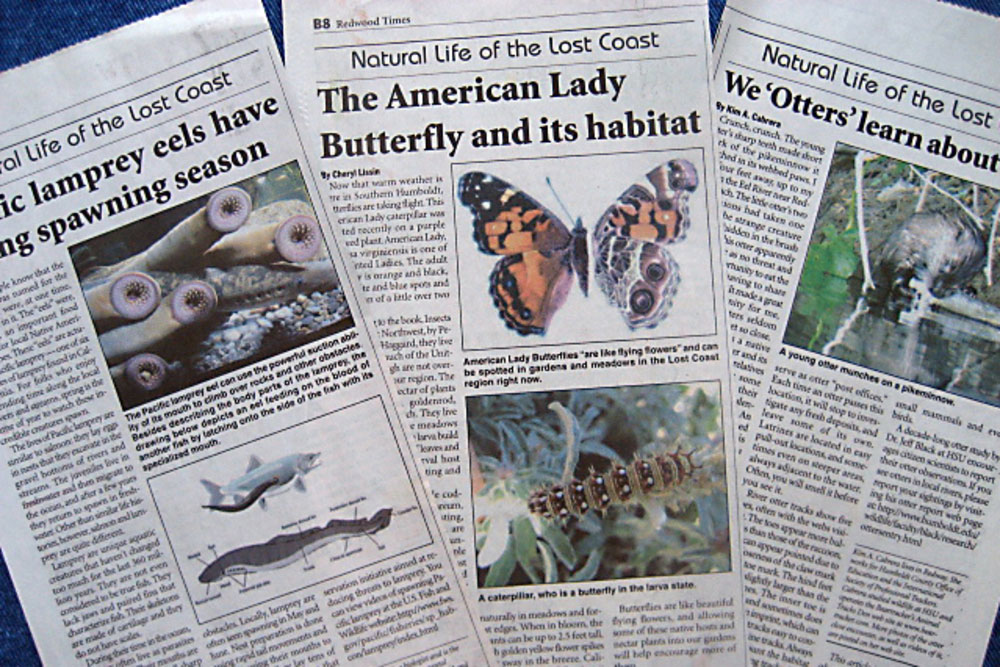Water Penny Beetles

“Grandma, what’s this?” Danged if I knew. Bella and I were looking for aquatic insects in the Mattole, and she had captured something very weird in the clear magnifying box. We couldn’t find its photo in Audubon’s Field Guide to North American Insects and Spiders. What she had captured was really strange: small, and copper-brown, it was shaped like a flat limpet and segmented like a chiton. By using a magnifying lens on top of the box’s magnification, we could see a mandible, legs and moving gills on its underside. I got the identification several days later from Pete Haggard, entomologist: Water Penny Beetle larva. It was a fortuitous find. These larvae are only found in clean, well-oxygenated, unpolluted water. They prefer fast-moving water, clinging to the underside of rocks, and avoid habitats heavily covered with algae or inorganic sediments. They breath oxygen through their paired feathery gills, rely on claws on their legs for rock-clinging, and move away from light, preferring the undersides of the rocks . The larval water pennies scrape the thin layer of algae, microorganisms and feces from the surface of the rocks with their mandibles and eat this. The penny-like shape is created by flattened dorsal (back) plates which expand out to widen the sides. The one Bella found was slightly over ¼” long. The larvae grow and molt several times during the summer, and then they create a small chamber in moist soil on land, where they, still in their larval skins, pupate and transform into the adult. The adults are small (less than ¼”), dark, with short fine antennae and a slightly flattened body. They breathe air and live on land close to the water. The adult water penny beetle survives for just a short time, 2 to 3 weeks, and may not even eat during this phase. Like many other insects with an aquatic phase, they exist to procreate. Play behavior on wave-splashed rocks has been observed before mating. Fertilization is internal (inside the female’s body). The female lays small, bright yellow eggs, hundreds of them, on the edge of the stream, or submerged objects in stream riffles. The newly hatched larvae crawl into the water to repeat the cycle. Next summer, we might find another one. Written by Eve Braughton. Eve lives in Whitethorn and was educated at UC Berkeley ]]>
